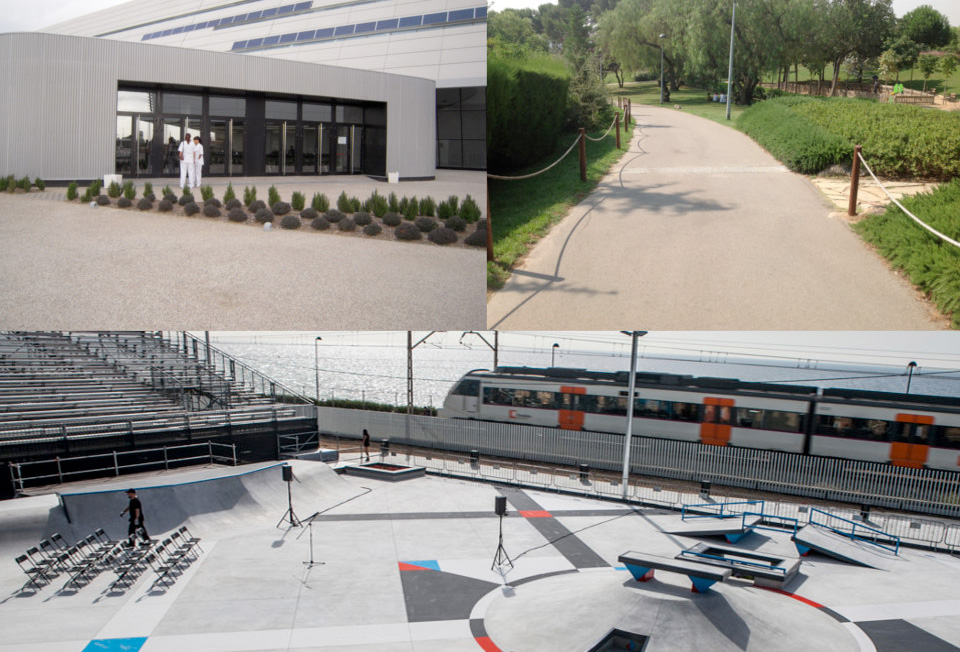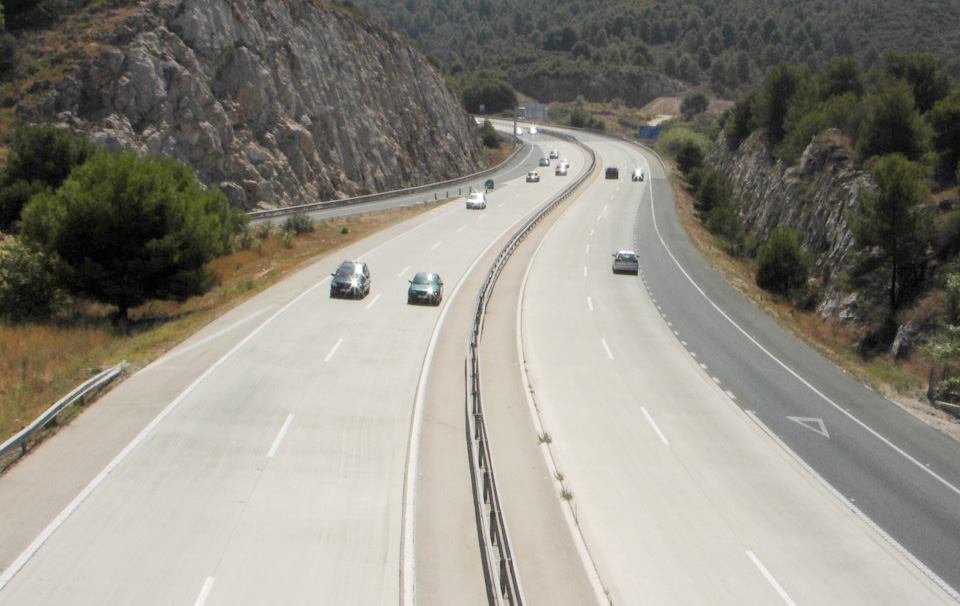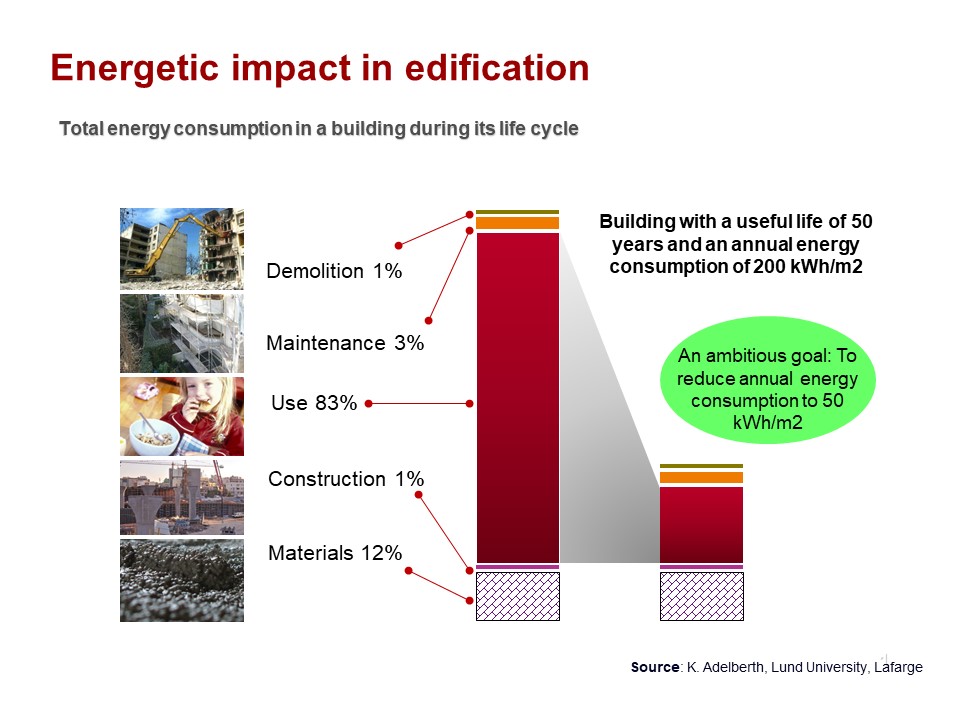THE CITY OF THE FUTURE
Concrete is a highly flexible, durable, affordable and energy efficient material that addresses a wide variety of needs
According to the European Commission, 75% of the EU population lives in cities. Demographic trends suggest that this proportion will continue to increase. This presents a number of challenges, including the need for housing, water and sanitation, energy supply and transportation infrastructure. The answer to these challenges lies in one of the main applications of cement, concrete.
Concrete is a highly flexible, durable, affordable and energy efficient material. Its ability to adopt the shape of the mold that contains it, its mechanical strength, its fire resistance or the acoustic insulation it provides are some of its most traditionally appreciated characteristics, to which is added another not less important facet in recent years: its thermal inertia, which is increasingly valued in terms of energy efficiency and, ultimately, sustainability. Concrete adapts to virtually any shape or mold, allowing freedom of design and variety in applications. Concrete is the very foundation of “smart cities” of the Europe of the future.

MADE TO LAST

Concrete can withstand significant shocks, absorb sound and regulate temperatures. Concrete buildings can have a minimum useful life of 50 years, but they can remain in service for hundreds of years if properly maintained. The durability and elasticity of concrete make it ideal for building construction that require high levels of security. For example, nuclear power plants and hydroelectric dams are built almost entirely of concrete. It has properties to cope with extreme climatic conditions related to climate change, such as rising sea levels and storms.
On the other hand, the durability of concrete, the low maintenance and costs and the lower impacts of its whole life make it perfectly suitable for pavements of roads. In addition to providing a comfortable, safe and quiet journey, concrete roads also contribute to reducing CO₂ emissions from vehicles. Above all this, the large traffic routes made with concrete ensure greater fire safety in tunnels.
LIFE CYCLE OF A BUILDING
The sustainability of a building must be calculated taking into account its complete life cycle (LCA), from the extraction of raw materials with which construction materials are made, to the demolition and recycling of its debris, not to mention the use of it. LCA is the only tool capable of determining the sustainability of the construction, objectifying and weighing energy, environmental, social and economic parameters.
Buildings built with concrete allow energy savings of between 2% and 5% in heating and, when combined with air conditioning, can reduce the energy used up to 50%. This saving in energy consumption represents a significant reduction of CO2 emissions, resulting in a net saving of emissions at the end of the building’s useful life.
Safety comes as a standard with concrete. No special coatings or sealants required. Concrete has unparalleled fire resistance properties. It does not burn or melt and maintains its structural stability at high temperatures. This, combined with its affordability, acoustic performance and healthier indoor air quality makes it ideal for hospitals, schools and other public buildings.

